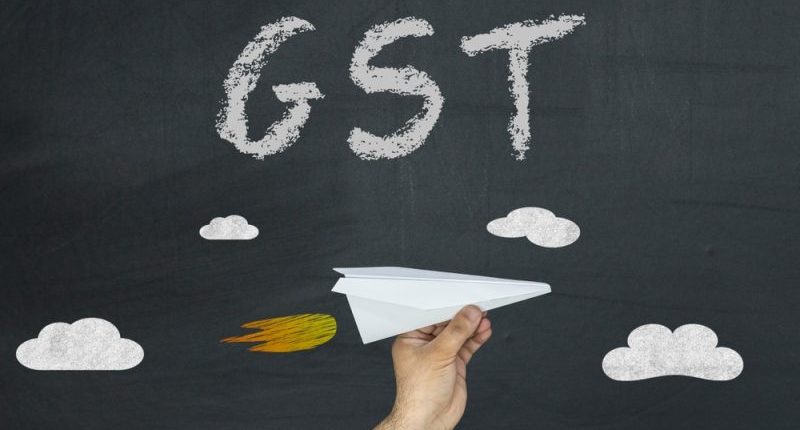The GST Council constituted a Group of Ministers (GoM) in the 45th Council meeting held in September to examine matters related to rate rationalisation under GST. The committee was set up with the two-fold objective of simplifying the GST rate structure and enhancing GST revenues. Keeping in mind these objectives, the National Institute of Public Finance and Policy (NIPFP) has released a study that examines the merger of the 12% and 18% slabs and the tax rates required to achieve revenue neutrality.
Why is a single rate not desirable under GST?
For those wondering why India has not adopted a single GST rate like some other countries have, the study says that a single rate may make GST more regressive than multiple tax rates. A multiple tax rate structure is politically more acceptable as it can moderate the regressivity of GST. Taxing sin/luxury goods at a higher rate creates the fiscal space for lowering the standard rates.
On the other hand, taxing high-value goods like gold, precious stones, etc., at a higher rate if a single rate were to be adopted, could encourage unaccounted transactions and tax evasion. Hence, the study said it is important to tax these high-value, low-volume goods at special rates.
Maintaining revenue neutrality is the priority
When GST was introduced, it was envisaged that it would be revenue-neutral. This means that the expected revenue from GST would match the revenues generated from the taxes that were subsumed into GST. However, revenue neutrality had been compromised by the multiple rate structure and the downward adjustments of rates. The original revenue-neutral rate at the time of the introduction of GST was 15.5%, but the Council announced in its 45th meeting that the same was now brought down to 11.6%.
To adjust this, the Fifteenth Finance Commission had recommended that the rate structure be rationalised by merging the 12% and 18% tax slabs. This way, the system can operate with a three-rate structure instead of a merit rate, standard rate, and demerit rate. The present study by the NIPFP has explored alternative structures under GST to achieve the desired revenue at the given level of tax compliance and tax buoyancy.
What is the optimal rate structure to remain revenue neutral?
According to the study, the government can rationalise GST rates without cutting down on its revenues by rejigging the current four-rate structure into a three-rate structure of 8%, 15% and 30%. For this, the current 5% slab gets increased to 8%, the 12% and 18% slabs get merged into 15%, and the 28% slabs get hiked to 30%. With the assumption that there is no change in the special rates, it would mean that India will have a total of seven GST rates instead of eight.
The study has estimated that merging the 12% and 18% rates into any rate lower than 18% while keeping the merit rate at 5% will result in a revenue loss, as the 18% rate holds 40% of the total taxable revenue. Hence, if merged to 15%, then to compensate the revenue loss, the higher tax rate of 28% should be increased to approximately 38% in an alternate scenario. Another scenario proposed in the study was for the Council to increase the 5% rate to approximately 9%, while the remaining two rates would be 15% and 28%.
The idea is for the GST rates to remain revenue neutral. While the GoM is expected to put forth its report soon, it is for the GST Council to take the final decision.
For any clarifications/feedback on the topic, please contact the writer at athena.rebello@cleartax.in

I’m a Chartered Accountant by profession and a writer by passion. ClearTax lets me be both. I love travel, hot tubs, and coffee. I believe that life is short, so I always eat dessert first. Wait.. life is also too short to be reading bios… Go read my articles!





